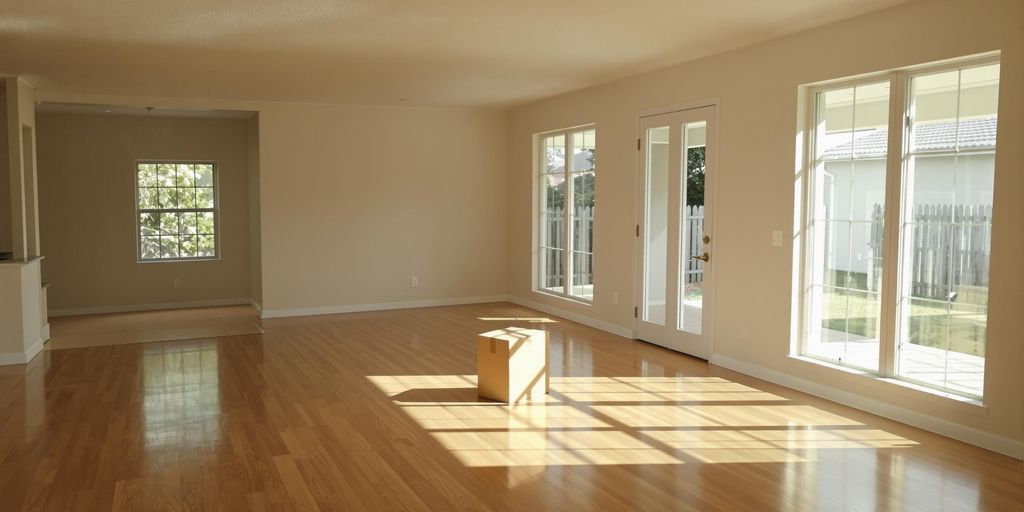Florida’s once-booming housing market is experiencing a significant cool-down, shifting power from sellers to buyers. Increased inventory, stabilizing prices, and persistent affordability challenges are reshaping the landscape. While not a crash, experts describe it as a necessary correction, forcing sellers to adjust expectations and offering buyers more leverage and time for due diligence.
Florida’s Housing Market Shifts: A Buyer’s Advantage Emerges
Florida’s housing market is undergoing a notable transformation, moving away from the seller-dominated conditions seen during the pandemic. Data from Florida Realtors indicates a more balanced market for single-family homes and a clear buyer’s market for condos and townhouses. Active listings have seen substantial growth, with single-family homes up 31.6% and condo-townhouse units up 36% year-over-year.
Key Takeaways
- Increased Inventory: A significant rise in available homes, particularly condos, is giving buyers more options and reducing bidding wars.
- Price Stabilization: Median sales prices for single-family homes are holding steady, while condo prices have seen a slight decline, indicating a shift from rapid appreciation.
- Affordability Challenges Persist: High mortgage rates, rising insurance premiums, and increased association fees (especially for condos) continue to impact buyer affordability.
- Market Correction, Not Crash: Experts emphasize that the current slowdown is a correction, not a repeat of the 2006-2007 housing bubble, due to stronger safeguards and less excessive leverage.
- Regional Variations: While statewide trends point to a cooling market, specific regions like Northeast Florida are experiencing more modest decreases, often viewed as a healthy correction.
Condo Market Faces Significant Headwinds
The condo and townhouse sector is particularly affected, with a 9.7-month supply of inventory statewide, firmly establishing it as a buyer’s market. Closed sales for condos and townhouses fell 13% year-over-year in February, and the median price declined by 3.1% to $315,000. Factors contributing to this include:
- High mortgage and insurance rates.
- Rising association fees due to new reserve requirements post-Surfside condo collapse.
- Lingering recovery from hurricane damage in coastal areas.
Single-Family Homes Reach Equilibrium
For single-family homes, the market is approaching equilibrium. While closed sales dropped 7% year-over-year in February, the median sales price remained stable at $415,000. The months’ supply for single-family homes stands at 5.3 months, falling within the 5-to-6-month range typically associated with a balanced market. This means:
- Buyers have more time to shop and conduct due diligence.
- Sellers are increasingly needing to adjust asking prices and consider improvements, such as new roofs, to attract buyers.
Factors Influencing the Shift
Several interconnected factors are driving this market evolution:
- Mortgage Rates: While recently dipping slightly, rates remain elevated compared to the historically low rates seen during the pandemic, making homeownership less affordable.
- Insurance Costs: Soaring home insurance premiums, particularly in hurricane-prone areas, add a significant burden to homeowners.
- Inflation: General inflation contributes to the overall increased cost of living, impacting buyers’ purchasing power.
- Reduced Influx of New Residents: The rapid influx of people to Florida has leveled out, reducing the intense demand that previously drove up prices.
Real estate professionals advise both buyers and sellers to seek local expertise, as market conditions can vary significantly by region.
Sources
- A look into Florida real estate market, home sales slowdown, WUSF.
- Buyers Gain Ground In Florida Housing Market – NMP, National Mortgage Professional.
- Buyers Gaining Ground as Market Shifts, | Florida Realtors.
- Florida real estate market continues to evolve, Bay News 9.
- Florida’s housing market cools, forcing sellers to adjust, Gulf Coast News and Weather – Southwest Florida News.


